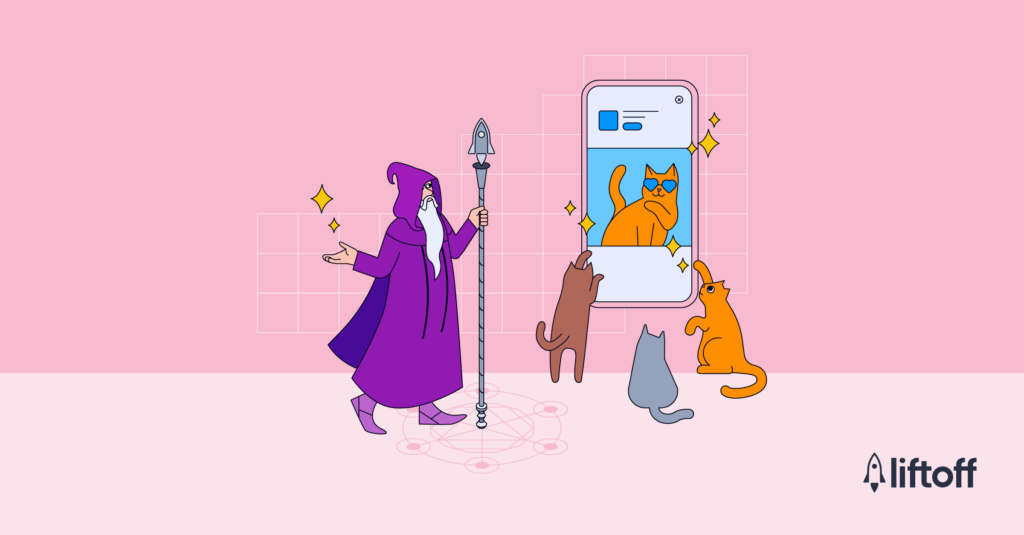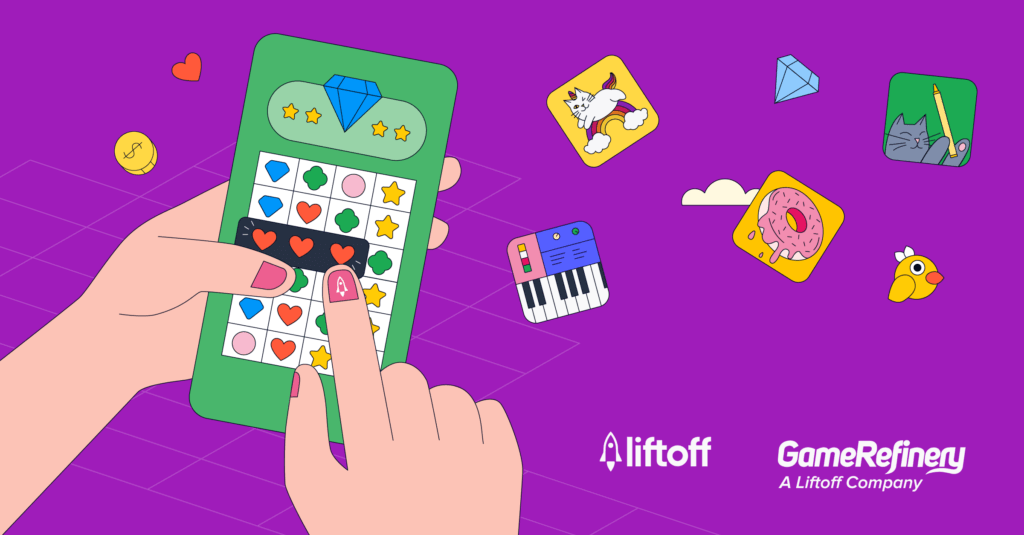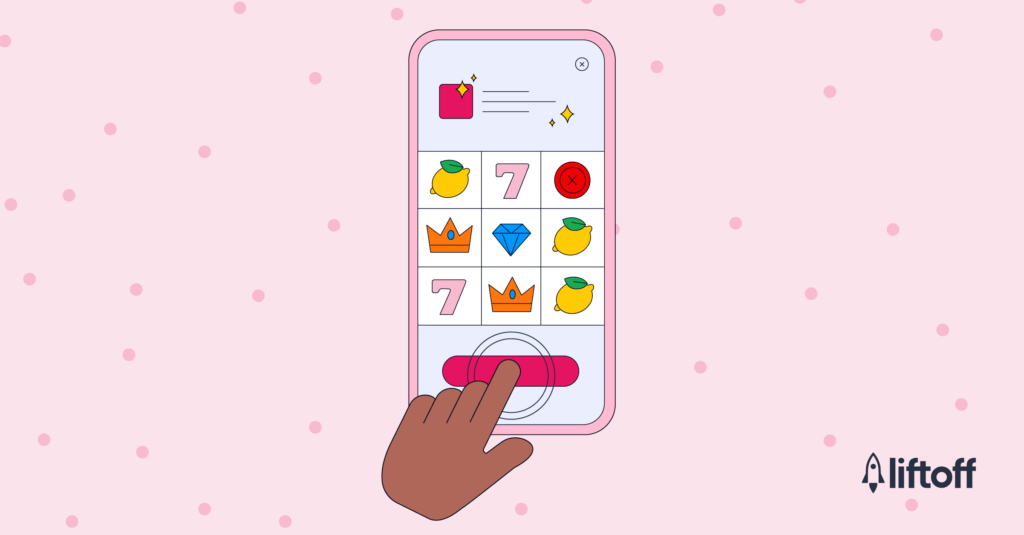
How to Tap Into Player Motivations and Build Better Playable Ads
Since their introduction over 10 years ago, playable ads have been mobile marketers’ answer to one of the industry’s perennial challenges: making mobile ads more engaging. Linear ad experiences were replaced by a format that invites users to immerse themselves in interactive gaming experiences. Once the playable ad ends, users are directed to the app store to download the full game.
This interactive format has struck a chord with mobile users, with playable ads leading to over 200 million installs in 2021 alone, according to Liftoff’s Mobile Ad Creative Index Report. Playable ads are now one of the preferred ad formats of mobile game marketers. They allow gaming marketers to showcase gameplay mechanics by letting users try before they install, usually with an opening level or a short minigame.
Users acquired this way usually stick around longer since they know what to expect when downloading the game. According to AdJoe’s Mobile Gamers of Germany Report, over 70% of mobile gamers interact more with new gaming ads than non-gaming ads. Playables play a crucial part in this success.
With all that in mind, it’s unsurprising that we found playable ads to be the most lucrative method of driving installs on gaming apps out of all mobile advertising verticals, with a cost per install of $1.31 on Android and iOS. The next cheapest is video at $4.93, making it over three times more expensive.
How can marketers best leverage the playable format to capture user attention in a marketing landscape that’s as competitive as mobile gaming?
Understanding player motivations and archetypes
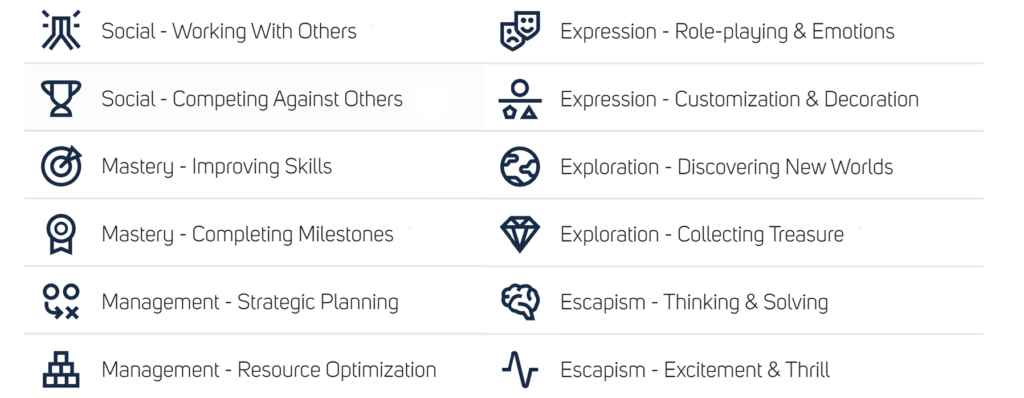
The key to standing out from the competition is knowing how to deliver an experience that truly resonates with players. Achieving this means you must understand your player’s motivations—why they’re attracted to your game. Thankfully, that doesn’t mean wrestling through hours of surveys and player feedback. GameRefinery has made the process easier with its Motivational Driver Framework.
The framework breaks down mobile gamers across the market into eight distinct archetypes comprising 12 motivational drivers. For example, a ‘thinker’ enjoys playing games for the occasional brain teaser or other cognitive challenges to take their mind off other things. Thinkers prefer games that give them a problem to solve, improve their skills, and require them to complete milestones. They might be attracted to puzzle games like Candy Crush Saga.
Alternatively, a ‘thrill seeker’ is after excitement and suspense for an optimal gaming experience. They want to experience an adrenaline rush, preferring games that demand fast reaction times—games in the racing genre, for example. Or, they might enjoy the quick reward associated with casino games. A playable ad that targets thrill seekers should provide plenty of easy wins for maximum impact.
In a nutshell, motivational drivers break down how different players respond to certain game genres. Appealing to them can impact the performance of playable ads. Data in Liftoff’s Casual Gaming Apps Report shows the biggest install drivers across all game genres are hyper-casual (32.3%), puzzle (31.3%), simulation (9.3%), and lifestyle (9.0%) games. These are widely accessible and tap into the motivations of most mobile gamers.
With that in mind, consider the elements in your game and how they can be incorporated into ad creative and playables. If you can find a way to appeal to players from genres other than your own, you can broaden your audience and gain new users. As an example, Lily’s Garden is a match3 puzzler, but its focus on customization and decoration makes it appealing to players who are motivated by expression—a trait not always associated with match3 games.
How to use player motivations to reach your target audience
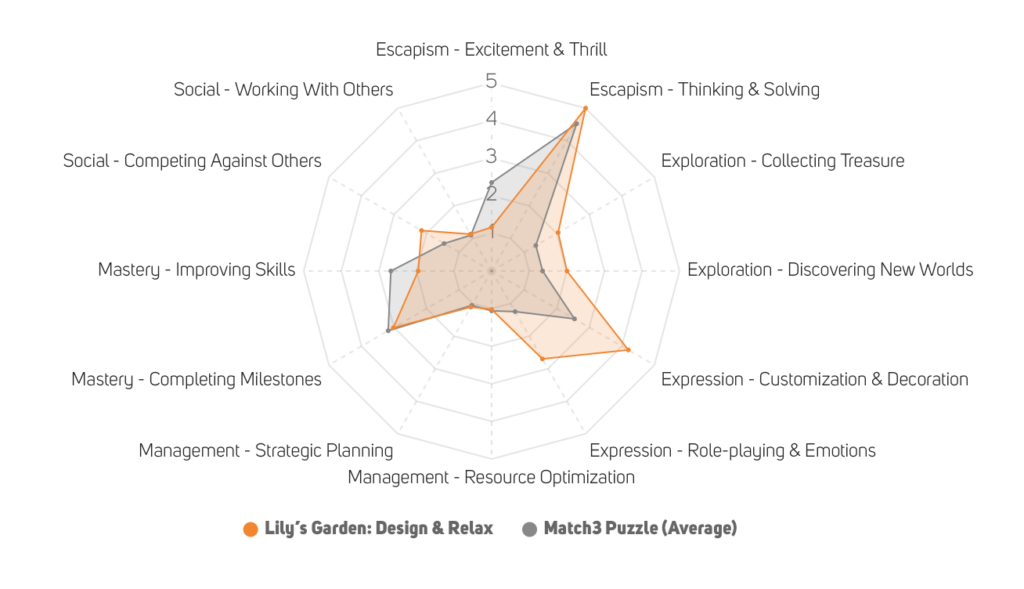
The biggest install driver for each mobile game genre is often other titles in the same genre. Players attracted to competitor games are usually a perfect match in terms of their motivations as fans of your game. Our analyses found that the biggest install drivers for match3 games were other puzzle games (43.9%).
We also observed a significant amount of crossover with subgenres that wouldn’t typically be associated with match3 games, such as word (11.2%) and lifestyle (13.1%). These subgenres may scratch a similar puzzle-solving itch to that which motivates fans of the match3 genre, such as word problems and strategic thinking. Arguably, mobile marketers should be looking to place their playable ads in a variety of genres, if they’re to make the most of their advertising budgets.
The rise of hybrid-casual games has paved the way for experimentation with playable ads. Hybrid-casual games combine the accessibility of the hypercasual genre with more complex gameplay mechanics often found in midcore titles.
If we were to look at Voodoo’s Mob Control as an example, this hybrid-casual game could have multiple playable ads showcasing different aspects. One could highlight its tactical-battler PvP core to more casual fans, while the other could demo its character card-collecting meta to those more interested in midcore titles.
How to take playable ads beyond gaming
While playable ads have seen significant success in the mobile games market, they are still in their infancy when it comes to apps on the broader market. That said, and as we noted in our research, this is beginning to change, with areas such as e-commerce, finance, and dating introducing gamified elements into their ads to draw in audiences.
Much like gaming, the key to success is understanding the user motivations behind engaging with a specific app. For example, the dating app Bumble featured a playable, allowing users to customize who they’re looking for and what they enjoy doing. This allows users to interact with the ad while also providing an immediate feeling of reward by showing a potential match.
If you’re unsure how to tap into user motivations, playable ads provide an excellent opportunity to experiment. A playable ad could allow the user to choose between different products to view ads for or feature a quiz or poll to complete. This provides the user something to interact with while giving the marketer information to build upon in future playables. You can also experiment with different game genres and motivations in your A/B testing.
Summary: What makes an effective playable ad?
Playable ads are a highly effective method of engaging audiences in gaming and other app verticals. Regardless of where they’re placed, playable ads designed with user motivations in mind are more likely to resonate with an audience and drive installs.
If you’re designing playable ads for mobile games and apps, the Motivational Driver Framework can help you to create playables that emphasize the elements of genres players find the most satisfying, ultimately improving engagement and conversions.
Need to expand your audience? Playables, especially in hybrid casual games, can attract multiple audiences by highlighting different game mechanics in different ads. They also present a unique opportunity for game developers to trial and test new gameplay mechanics across a target audience before introducing them through LiveOps.
Effective playable ads should always include the following features:
- Easy-to-understand gameplay mechanics: You’ve only got a limited amount of time to capture the attention of potential new players, and while there needs to be some element of challenge for the ad to feel rewarding, make sure you don’t overcomplicate things.
- Visual appeal: The art style of your playable ad should reflect the advertiser’s app. It should also be bright and engaging, so it encourages viewers to become players.
- Motivational CTA: Designing your playable elements around player motivations will help improve conversion rates, as users will feel encouraged to carry their progress into the full game.
